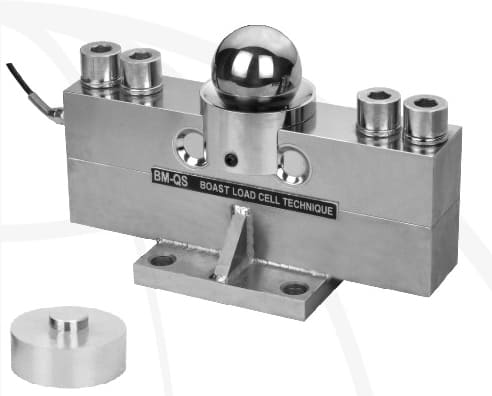From huge scales designed to weigh 18-wheelers to devices for measuring grains of chemicals, load cells have numerous applications in the modern world. This is particularly true for the field of medicine, where cells are used for monitoring other devices, administering medications and assisting surgeons in preventing injury during procedures.
Trouble shooting load cell systems are used to control and monitor syringe pumps during drug treatments. Some medications like cancer drugs must be administered in a slow, steady stream. If there is a blood clot or other blockage, a pump equipped with a load cell monitor will automatically provide more pressure to maintain the correct dosage. The pump can also be programmed to notify staff when there is an issue.
Load cell sensors are an integral part of sleep study technology. By attaching sensors to the legs of a bed, it's possible to monitor the nocturnal movement of the subject. The restlessness of a person having sleep issues will be detected by their shifting weight on the bed. The sensor data is importable for analysis and diagnoses of sleep disturbance issues.
Load cell sensors can also detect when a patient’s weight is unevenly distributed. This is particularly useful for preventing bedsores in incapacitated patients. Using sensors can help prevent falls from beds. If the patient’s weight is shifted too close to the bed’s edge, a monitor can alert staff.
Another useful application of load cell sensors is in monitoring intravenous solution administration. A sensor can be attached to the IV bag to monitor its weight. By calculating its weight, it is possible to alert staff that a bag is nearly empty so it can be changed out. The sensors and appropriate software can also be used to gauge the rate of flow and determine whether the IV line has a blockage. By utilizing sensors for IVs and other monitoring devices, a facility can maximize employee productivity without sacrificing the quality of patient care.
Tiny load cell sensors are used to assist surgeons in preventing the use of excess force during procedures. By attaching a sensor to fragile bones or delicate tissue, the doctor can have real-time feedback on how much pressure is being applied. This can help prevent injury to easily-damaged body parts.
Monitoring the flow of fluids during kidney dialysis can be more easily accomplished with the use of sensors. Timing and the balance of ingoing and outgoing fluids is critical in dialysis. Load cell sensors provide instant data about this delicate balancing act. If there is a problem, staff are immediately notified by an alarm. The sensor works the same as those used with IV bags. By monitoring the weight of fluid bags, it’s possible to keep the process in balance.
There are other uses for load cells in the practice of medicine. Even the digital scale that patients stand on when they have a doctor’s appointment uses a load sensor to measure and display weight. They are critical components of modern medicine.
